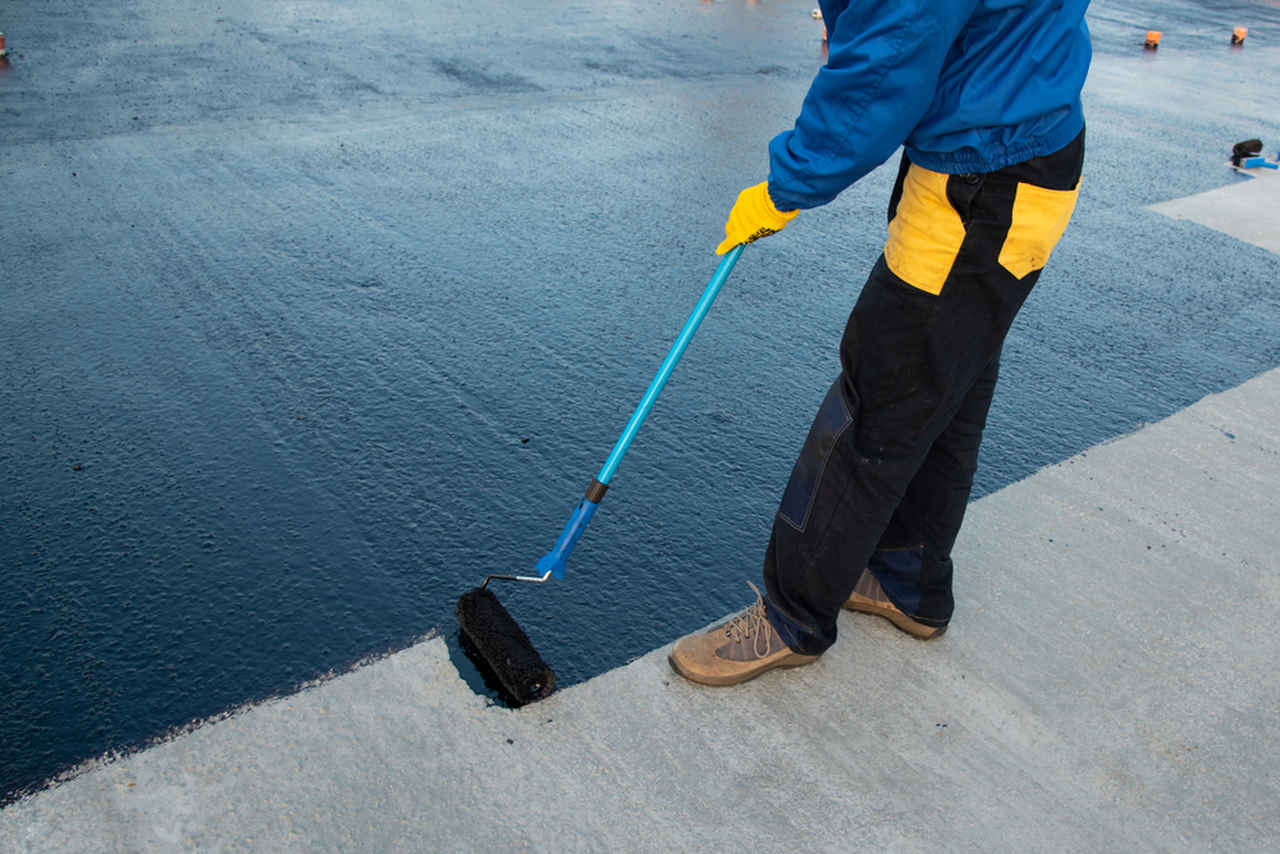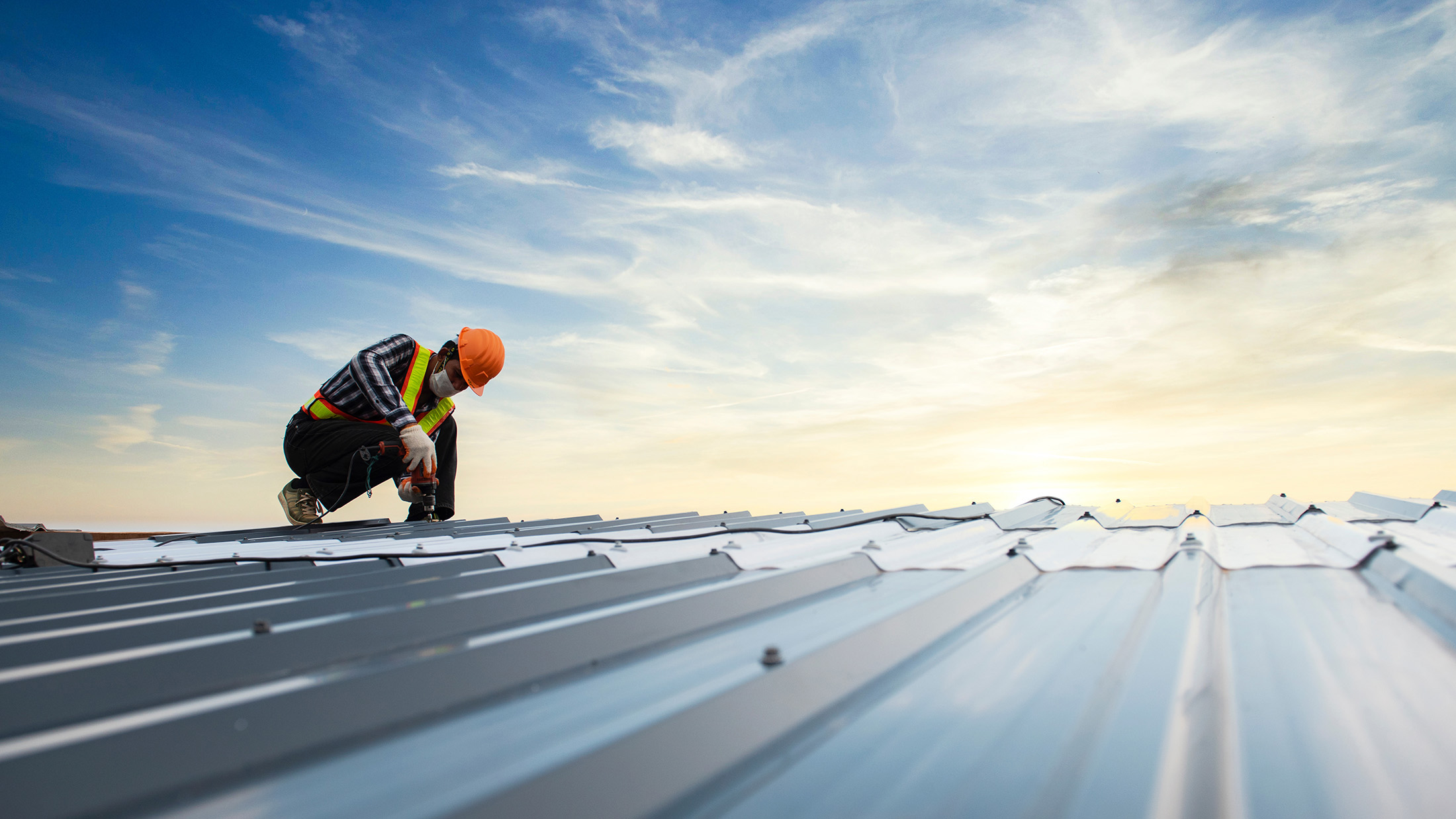Sump pump installation & replacement Omaha: The Beginner’s Guide
Why Waterproofing Is Crucial for Long-Lasting Frameworks: a Comprehensive Analysis
Waterproofing plays a crucial role in the long life of frameworks. It works as a barrier against dampness, which can lead to considerable issues like mold and mildew and damage. Understanding the various waterproofing techniques and their implications is vital for property owners. The effects of overlooking this aspect can be extreme. Discovering these aspects reveals not just the need of waterproofing, yet likewise its broader effect on home value and security.
Understanding Waterproofing: Interpretation and Significance
Waterproofing acts as an important barrier versus wetness invasion, protecting frameworks from possible damages. It encompasses different techniques and materials designed to stop water infiltration right into buildings, ensuring durability and capability. The importance of waterproofing can not be overstated, as it shields against a variety of concerns, including mold development, deterioration of materials, and structural weakening.Effective waterproofing remedies can consist of membranes, finishings, and sealants, each tailored to certain settings and architectural designs. By creating a protective layer, these services assist keep a dry interior, which is essential for the health and wellness of passengers and the conservation of home value.Moreover, purchasing waterproofing at the building and construction phase is considerably much more cost-effective than addressing water-related issues after they emerge. Understanding the principles of waterproofing is critical for engineers, building contractors, and residential property proprietors aiming for durable, resistant frameworks that stand up to the test of time and ecological challenges.

The Influence of Water Damages on Structural Honesty
Water damages positions substantial threats to architectural stability, mostly via the development of mold and mold. These microorganisms not just compromise interior air top quality but also cause material destruction gradually. In addition, prolonged exposure to moisture can weaken structural components, enhancing the probability of collapse or failing.
Mold and Mildew Development
Dampness breach postures a significant threat to the structural integrity of structures, causing the spreading of mold and mildew and mold. These fungis prosper in moist atmospheres, commonly settling in concealed locations such as wall dental caries, under floor covering, and in ceilings. Their development not only creates unpleasant stains and unpleasant smells but also adds to a decline in indoor air high quality, presenting wellness risks to passengers. Mold and mildew and mold can endanger products like timber and drywall, causing additional wetness retention and creating a cycle of damages. Early discovery and remediation are vital to avoid comprehensive development, emphasizing the need of efficient waterproofing steps. Addressing dampness issues promptly can secure both the health of inhabitants and the long life of the framework.
Architectural Weakening Risks
Unchecked moisture breach can result in extreme structural weakening, threatening the stability of buildings. Water damages commonly impacts foundational elements, such as beams, columns, and wall surfaces, causing jeopardized load-bearing capability. Long term exposure to dampness can trigger materials like wood to rot and steel to wear away, compromising their architectural properties. This degeneration might lead to splits, bowing, or also tragic failings if left unaddressed. Basement waterproofing Omaha. Additionally, water infiltration can weaken the dirt under foundations, triggering settling or shifting that further exacerbates structural threats. Consequently, carrying out reliable waterproofing remedies is critical in maintaining a building's structural integrity, protecting against expensive repairs, and guaranteeing security for residents. Appropriate maintenance and proactive steps are vital in alleviating these substantial dangers linked with water damage
Kinds of Waterproofing Approaches and Products
Waterproofing approaches and materials play a crucial function in securing frameworks from water damage. Secret methods consist of membrane layer waterproofing, which offers a physical barrier; liquid waterproofing solutions that form a smooth layer; and cementitious waterproofing alternatives understood for their resilience and simplicity of application. Comprehending these various approaches is essential for picking one of the most suitable method for specific construction requirements.
Membrane Waterproofing Strategies
Membrane waterproofing techniques are essential for shielding frameworks from the harmful effects of water seepage. These techniques involve the application of waterproof membrane layers that produce a barrier versus wetness. The two primary kinds of membrane layer systems are sheet membrane layers and liquid-applied membranes. Sheet membrane layers, usually made from products such as rubberized asphalt or polycarbonate, are upraised and can be turned out and followed surface areas. In contrast, liquid-applied membranes are applied as a fluid and cure to develop a smooth layer. Both kinds provide flexibility and longevity, catering to numerous applications, including roofings, basements, and foundations. Correct installation and upkeep of these membrane layers guarantee long-lasting protection, enhancing the life-span and stability of the structures they protect.
Fluid Waterproofing Solutions
Fluid waterproofing remedies stand for a versatile option to standard membrane systems. These services normally include the application of liquid finishings that treat to form a seamless, durable barrier versus water infiltration. Numerous types of liquid waterproofing materials are available, consisting of polyurethane, bitumen, and acrylic-based formulations. Each kind uses unique homes, such as adaptability, attachment, and UV resistance, making them ideal for varied applications. The application process usually entails spraying or rolling the liquid onto surfaces, permitting coverage of complicated shapes and details, which reduces prospective powerlessness. Liquid waterproofing services are particularly helpful for locations with activity, such as joints and cracks, as they can fit architectural changes without endangering stability, guaranteeing long-lasting security for structures.
Cementitious Waterproofing Options
Many cementitious waterproofing options are readily available, providing effective remedies for numerous construction demands. These systems normally include a blend of cement, sand, and ingredients, making them suitable for both interior and outside applications. Among the prominent choices are crystalline waterproofing products, which react with wetness to develop a water-proof barrier within the concrete matrix. Furthermore, versatile cementitious coatings give enhanced flexibility, suiting minor architectural motions without compromising the waterproofing stability. It is additionally common to use cementitious sealers for joints and cracks, making certain extensive defense versus water seepage. In general, cementitious waterproofing options are valued for their longevity, ease of application, and compatibility with different substratums, making them great site a recommended selection in modern building methods.
Long-Term Price Savings With Reliable Waterproofing
Buying efficient waterproofing remedies can greatly minimize lasting prices for building owners and designers. By stopping water breach, these options alleviate damages to architectural components, lowering the need for expensive repairs and maintenance in time. Waterproofing likewise safeguards interior finishes and furnishings, minimizing replacement prices and boosting the overall lifespan of the property.Moreover, effective waterproofing can lead to energy savings by improving insulation and decreasing humidity-related issues. This results in lower heating & cooling expenditures, contributing to a more lasting monetary design for residential or commercial property management.Additionally, the implementation of waterproofing steps can enhance residential or commercial property value by ensuring a completely dry, risk-free, and long lasting environment. While the preliminary investment in waterproofing might seem significant, the lasting economic benefits far surpass the in advance prices, making it a prudent decision for anyone included in building and construction or building administration.

The Role of Waterproofing in Building Ordinance and Rules
Waterproofing plays a significant duty in structure codes and policies, reflecting its value in modern-day building and construction methods. These codes are developed to guarantee safety, durability, and sustainability in structures, stressing the requirement for effective waterproofing measures. Numerous national and neighborhood building ordinance describe specific needs for waterproofing products and techniques, specifically in locations prone to water breach, such as basements and foundations.Compliance with these regulations not just safeguards structures from moisture-related damage yet additionally safeguards public wellness by stopping mold growth and architectural instability. Assessors frequently evaluate waterproofing components during the building process to assure adherence to established criteria. As climate adjustment increases the regularity of severe weather condition events, the function of waterproofing in building regulations is expected to advance, possibly resulting in stricter guidelines. In general, the assimilation of waterproofing in regulatory frameworks highlights its crucial function in achieving lasting, resistant structures.
Situation Researches: Successful Waterproofing Solutions
Effective waterproofing services have actually been implemented throughout various tasks, showcasing innovative techniques that enhance architectural integrity and durability. One notable instance is the restoration of the historic Smith navigate to these guys Tower in Seattle, where innovative membrane systems were utilized to shield the structure from water breach. This method not just maintained the building's aesthetic yet also extended its lifespan.In an additional situation, a large industrial structure in Miami used crystalline waterproofing innovation, which responds with moisture to create an obstacle against water. This solution showed effective versus the city's high humidity and hefty rainfall.Additionally, a bridge in San Francisco went through an extensive waterproofing treatment using epoxy coatings, which greatly lowered upkeep prices and boosted durability. These instance research studies illustrate the performance of tailored waterproofing strategies in diverse settings, emphasizing the relevance of picking proper techniques to attend to certain challenges and guarantee the long life of frameworks.
Finest Practices for Implementing Waterproofing Techniques
Executing effective waterproofing approaches needs cautious preparation and adherence to ideal practices - Drainage & waterproofing company Omaha. It is crucial to carry out an extensive site assessment to recognize possible areas of water ingress. This analysis educates the choice of suitable materials and strategies customized to particular environmental problems. Using premium, durable waterproofing membrane layers can significantly enhance defense against moisture.Additionally, correct installation methods are essential; guaranteeing that surface areas are tidy and without contaminants promotes excellent attachment. Routine upkeep checks must be scheduled to determine any type of indications of wear or damages, permitting prompt repairs.Moreover, integrating drainage systems can properly take care of water drainage, protecting against buildup around structures. Informing all workers associated with construction regarding waterproofing demands more assurances uniformity and adherence to best article practices. Eventually, a positive strategy to waterproofing can greatly extend the lifespan of structures and decrease long-lasting maintenance expenses
Regularly Asked Inquiries
Exactly How Does Waterproofing Affect Energy Efficiency in Buildings?
Waterproofing significantly improves energy effectiveness in buildings by avoiding moisture intrusion. This reduces the requirement for heating & cooling, keeps constant interior temperature levels, and inevitably reduces power intake, adding to long-lasting sustainability and price financial savings.
Can Waterproofing Be Applied to Existing Frameworks?
Waterproofing can without a doubt be put on existing structures. Various techniques, such as membranes, layers, and sealers, make it possible for residential or commercial property owners to improve security versus wetness, consequently lengthening the framework's honesty and lowering possible damages gradually.
What Are the Indicators of Inadequate Waterproofing?
Indicators of poor waterproofing include water discolorations on walls, mold and mildew development, peeling off paint, mildewy odors, and wetness in cellars - French drain installation Omaha. These indications recommend prospective architectural damage and the need for immediate interest to stop further damage
Exactly How Often Should Waterproofing Be Checked or Kept?
Waterproofing ought to be inspected at the very least yearly, particularly in regions with hefty rainfall or ever-changing temperature levels. Regular upkeep guarantees very early discovery of issues, advertising architectural integrity and extending the lifespan of the building.
Exist Eco-Friendly Waterproofing Options Available?
Environment-friendly waterproofing alternatives are progressively readily available, making use of sustainable materials such as bio-based polymers and all-natural sealers. These choices not only secure structures yet likewise minimize environmental effect, appealing to eco mindful building contractors and homeowner.